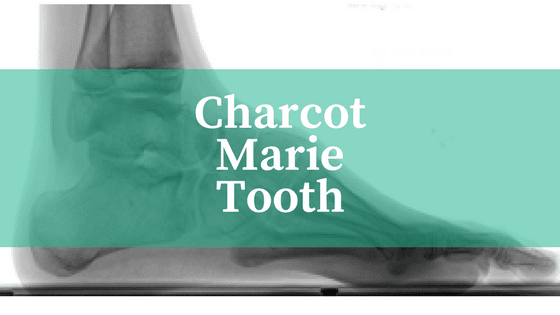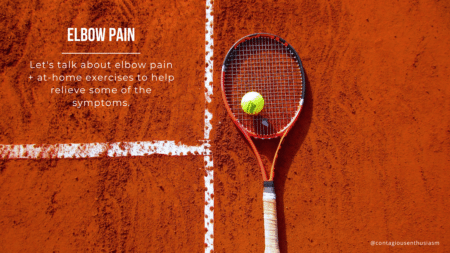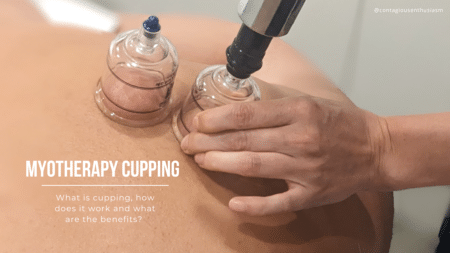Charcot Marue Tooth

Ever Hear of Charcot Marie Tooth?
My guess would be no, however with Motor Neuron Disease getting more funding and public support recently I thought it may be of interest to some to learn about motor neuron disease and how it can be picked up and diagnosed in the lower limbs and feet.
Charcot Marie Tooth Disease is a general term given for a range genetic disorders that affect the peripheral nervous system, with around 1 in 2,500 Australians thought to be affected.
The peripheral nervous system controls our ability to move parts of our body by contracting and relaxing the muscles under instruction from the brain.
The peripheral nervous system also allows us to feel with nerve receptors on the skin, tendons and muscles.
Charcot Marie Tooth disease causes damage to these nerves so that they cannot work properly to control movement or sensation.
Causes of Charcot Marie Tooth:
Inherited disorder.
Genetic defect/ gene mutations.
Symptoms of Charcot Marie Tooth:
The onset of symptoms usually occurs in childhood or adolescence and vary considerable between patients.
Gradual wasting of the muscles in the lower legs and loss of muscle control.
Ankle weakness, with ‘rolling-over’ as the muscles on the outside of the leg are generally effected first.
The muscles on the front of the leg are then effected, losing the ability to lift the foot upward.
High arched feet and clawed toes, due to the imbalance of muscle strength in the lower leg and feet.
High-stepping gait and foot slap while walking.
Poor balance and occasional falls.
Loss of protective sensation and reduced ability to feel pain in the feet.
Painful muscular contractions that can be mild or disabling.
Tremors can develop as muscles waste.
Lower limbs may take on an “inverted champagne bottle” appearance due to the loss of muscle bulk.
Treatment for Charcot Marie Tooth:
There is no cure for Charcot Marie Tooth, but treatment can help manage some of the symptoms. Options can include:
Leg and ankle braces.
Customised foot orthoses and orthopaedic shoes.
Physical therapy and muscle strength training.
Regular stretching and moderate low impact exercises such as swimming or cycling.
Occupational therapy.
Orthopaedic surgery to correct deformities if required.
Aids to facilitate mobility.
Pain relief.
Charcot Marie Tooth is a well know condition to podiatrists who are able to diagnose and assist with the care for your lower limbs and feet.
At Well Heeled Podiatry we can provide our patients with Charcot Marie Tooth a range of treatment options to keep them as mobile and comfortable as possible.





